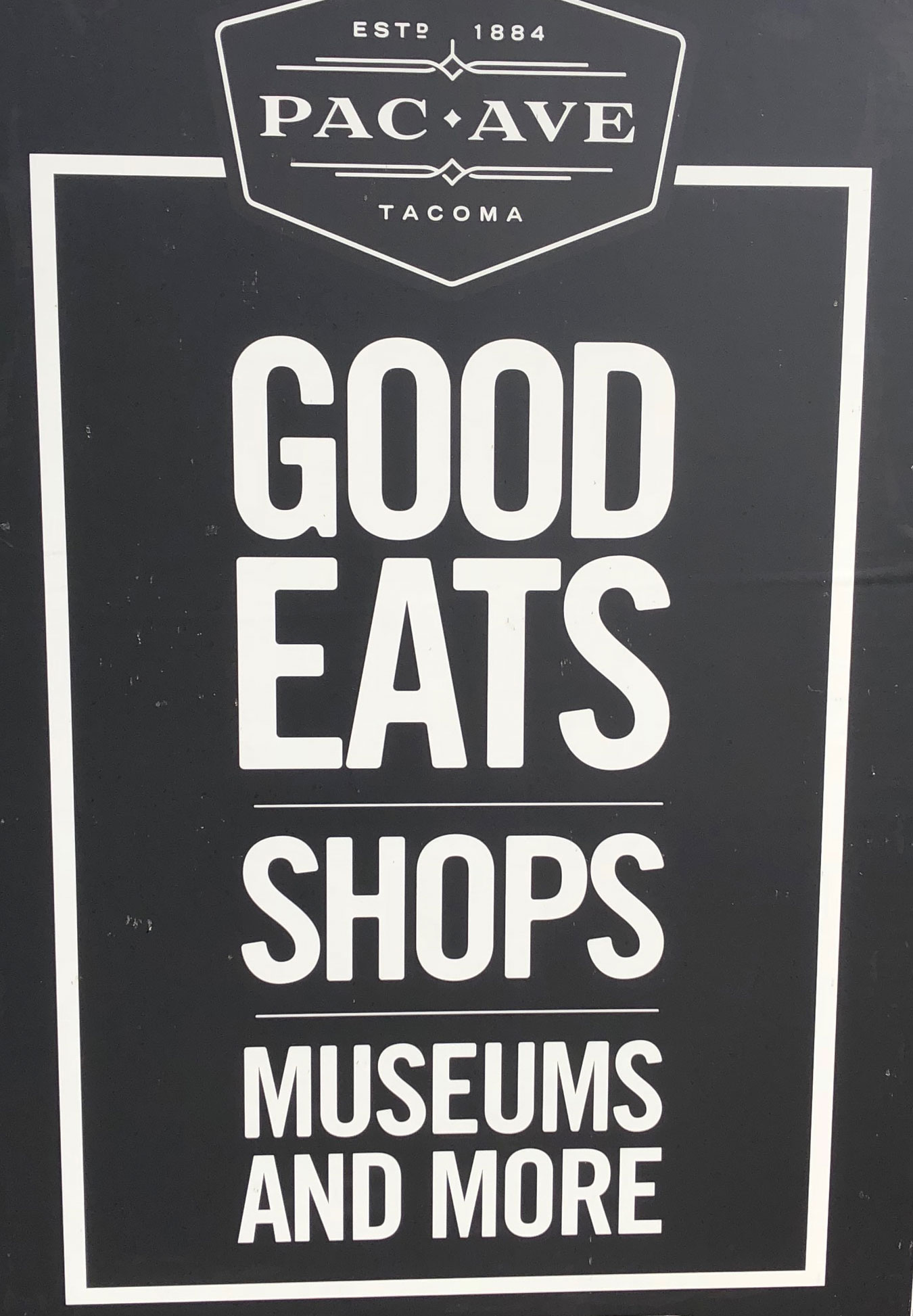By Morf Morford
Tacoma Daily Index
When it comes to growth and development, there are those who hate density – and those who hate sprawl. There are those who hate the whole idea of growth, and there are those who have lived in communities that didn’t grow – which means that they are dying if not abandoned altogether. There are those who want to preserve the old at any cost, and those who want to leave the past behind. There are those who love change and those who hate it. Some are NIMBYs (Not In My Back Yard) and some are YIMBYs (Yes, In My Back Yard).
If you get the sense that no matter what happens, someone will complain or hate it, you have the ultimate summation of urban planning and development in a nutshell.
Besides the philosophy, preferences or aesthetics of design and architectural consistency or compatibility, there is are the sheer logistical demands of growth.
Transportation, whether by light rail, car or bicycle, takes a massive amount of absurdly expensive real estate and a huge percentage of any municipality’s budget. Utilities and sewage on an urban scale are an urban planner’s relentless nightmare.
Some communities court development, others fight it. Some communities court development, and then fight it. Some fight it and then wonder what happened to their economy five or ten years later.
It is one of the primary rules of physics that nothing sits still – even inertia is not permanent. Avoidance and procrastination are decisions with consequences.
Change is inevitable. In theory, urban planning is where we decide what happens instead of spending our time wondering what happened.


Growth, by definition, is a sign of life – whether of an individual or a community. The practical, working definition of growth changes over time. Uncontrolled growth can be destructive, and in a human body is usually defined as cancerous.
The healthiest growth, in any context, is sustainable, perhaps even welcome.
Some resistance to growth is reflexive, while some is deliberate, if not essential. Growth, on its own, is not the primary goal – health is. The enduring, if not dominant, characteristic of a community should be one of engaged participants who feel welcome in every aspect of the community where a sense of shared identity and destiny are implicit in the heritage and direction of development and identity.
Our problem though, is not so much that we change our minds (though we do constantly) as that we don’t really know what we want. We might have a sense of what we don’t want. But even then, who of us would have ever expected, or anticipated to any degree, the urban problems that seem to swamp virtually every one of our cites?
Homelessness, opioid addiction and overdoses, garbage disposal and a stunningly blatant income inequality seems to pervade every city if not neighborhood.
Some cities beg, plead or bribe their way to development and corporate investment (remember the fevered pitch for Amazon’s second headquarters last year?).
Other communities are rushing to propose and institute growth moratoriums. Five cities in King County last year had growth moratoriums – and several more have been considering them (https://crosscut.com/2018/05/slow-growth-some-washington-cities-halt-development).
More is not always the answer. Some of our most pressing problems have crept up on us over the past several decades, while some have emerged almost abruptly.
Housing, for example, used to be considered a basic condition, if not right, for virtually any person.
You might not have been able to find your dream home, but affordable housing (usually pegged at about 30% of one’s income) used to be relatively common.
In 2018, this is barely possible – even in less desirable neighborhoods.
The need for additional housing in the greater South Puget Sound region has perhaps never been greater. And building has possibly never been as rapid as well as urgent. It is also expensive. As many people seem priced-out of the market as are moving into it. Affordable housing is as elusive as the proverbial unicorn during hunting season.
Additional and affordable housing is seen as the ultimate if not immediate solution to homelessness – but where, how and at what price?
Even if you solve the NIMBY/YIMBY conundrum, sewage, utilities and traffic (including parking) are problems that only seem to increase.
Like compounding interest, these problems only become more unmanageable the more we put off dealing with them.
The garbage and waste generated by a homeless camp is staggering and almost permanent. But a typical middle class neighborhood is not that different – it is just tucked away and out of sight.


To pull just one strand out of this complicated story, consider plastics. Yes, we all use, eat out of or wear plastics nearly daily. (1*)
Plastics are not evil, in fact they are endlessly convenient and essentially unavoidable.
The issue is where they go when we are done with them. Worldwide, 14%–18% of waste plastics is recycled, the rest is burned, buried in landfills or scattered. Much of it ends up in the oceans – the Organization for Economic Co-operation and Development reports that “By mid-century, it is estimated that the ocean could have more plastic than fish by weight.”
Several cities, even a few nations, have banned plastic straws and cutlery (including Seattle as of July 1, 2018).
Plastic bags have been banned in many municipalities. To keep up with plastic bag bans around the world, look here – https://www.reusethisbag.com/articles/plastic-bag-bans-worldwide/.
Plastics are just a symbol, though a literally more enduring one, of the enduring legacy, for better or worse that we, intentionally or not, are leaving behind. (2*)
The costs of growth will continue to accumulate, if not expand geometrically, as our population grows.
The questions to ask of every new venture are very simple; who profits and who pays?
Most urban development seems to be the large scale social version of “survival of the fittest” – those communities that are unorganized or too politically weak to fight back are the epicenter of growth and development while those in the wealthier areas profit from the development they are, for the most part, protected from. Poorer communities tend to face displacement – if not historic erasure.
Many city landscapes and neighborhoods are barely recognizable from just a few years ago. Our history, heritage and identity are the accumulation of architecture, culture, values and work over decades if not generations.
Growth is only forward – there is no going back. We will not reclaim or rebuild any golden age. We, and probably the next generation, if not many generations, will live with, marvel at or question our choices now.
Growth is not always measurable or defined by numbers or dollars. Quality of life has become a forgotten cliche, but without it what do we have?
Sewer systems and roadways are barely coping as it is, but the real question is, how well are we, as neighbors and as communities, coping?
—————-
(1*) As an experiment, take note of how much plastic you touch in a typical day
(2*) How to retrieve plastic that has been used is another problem previous generations never had to face. Here are two articles on what we have done, or need to do, about the plastics we are leaving behind us – https://www.economist.com/international/2018/03/03/the-known-unknowns-of-plastic-pollution and https://www.weforum.org/agenda/2018/05/plastic-asset-legal-policy-responsible-use-sadhguru








